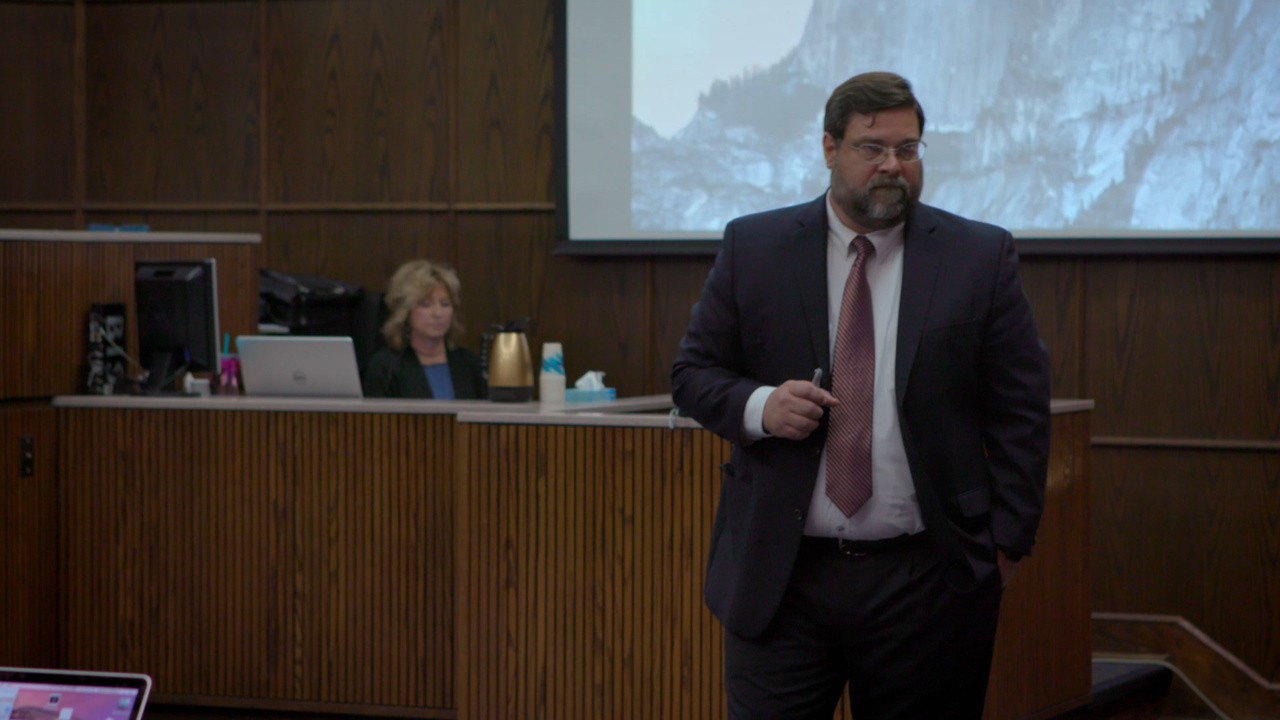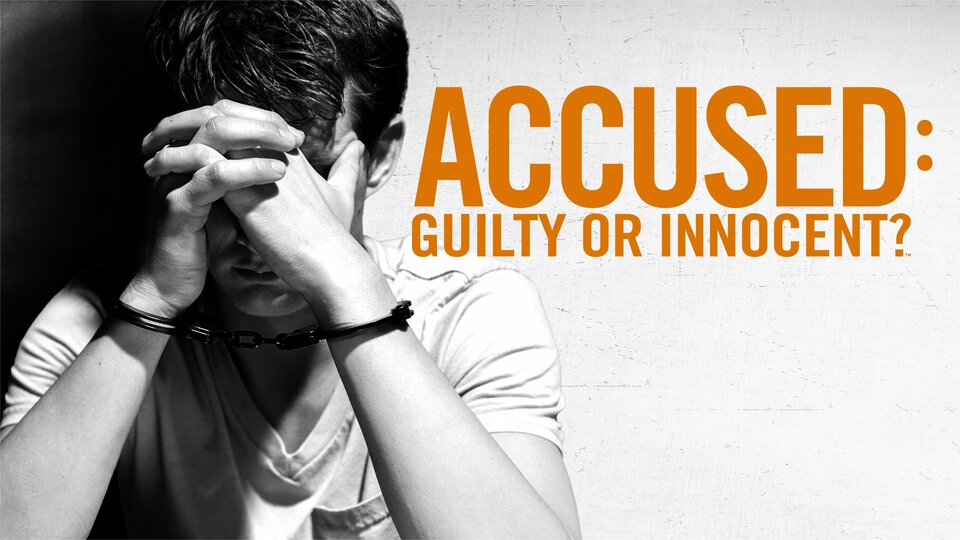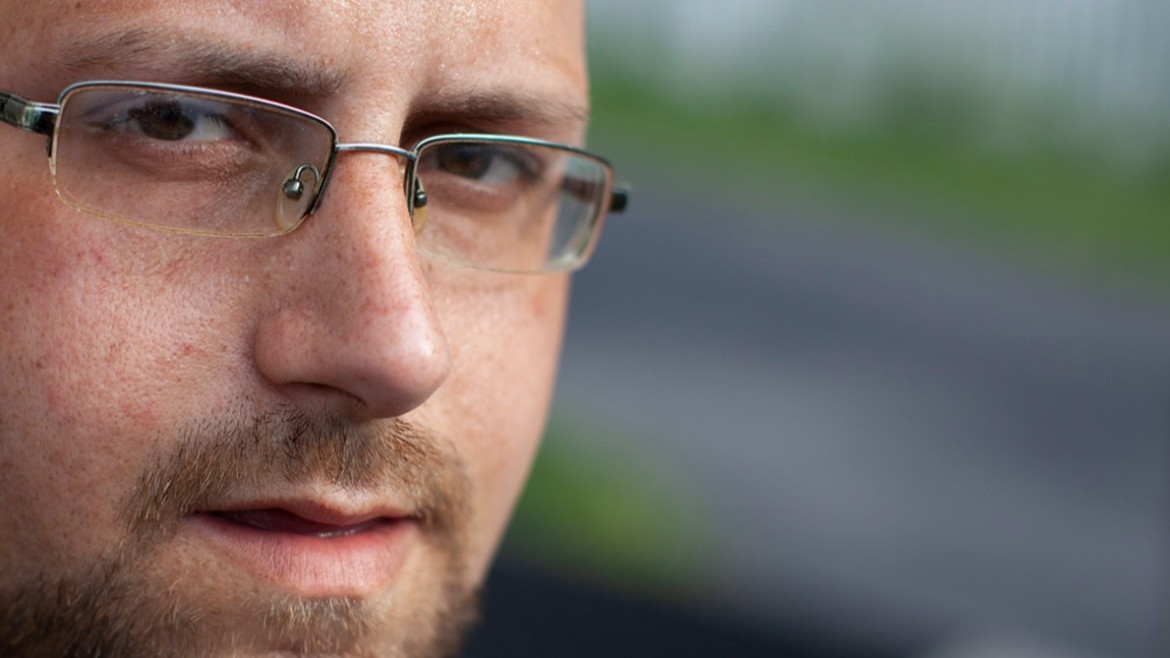Accused: Guilty Or Innocent – Where Are They Now Mike?
True crime enthusiasts have long been captivated by the twists and turns of legal dramas, where the line between guilt and innocence blurs. The question of whether the accused are truly guilty or innocent remains one of the most debated topics in society. The series "Accused: Guilty or Innocent" dives deep into these complex cases, shedding light on the lives of individuals involved. One name that stands out in this narrative is Mike, whose story has left many questioning the fairness of the justice system.
This article delves into the intriguing case of Mike from the series "Accused: Guilty or Innocent," exploring the events that led to his conviction or exoneration. By examining the details of his case, we aim to provide a comprehensive understanding of the legal processes involved and the impact they had on his life.
As we explore the aftermath of the trial, we will also address the pressing question: Where is Mike now? This article will not only focus on his current whereabouts but also analyze the broader implications of the case on the justice system and public perception.
Read also:Newborn Fox Cubs A Comprehensive Guide To Understanding And Protecting These Fascinating Creatures
Biography of Mike: A Closer Look
Early Life and Background
Before diving into the specifics of Mike's case, it is essential to understand his background. Born and raised in a small town, Mike grew up in a family that valued honesty and integrity. His early years were marked by academic excellence and community involvement, painting a picture of a promising individual with a bright future ahead.
Below is a table summarizing key details about Mike's life:
| Full Name | Michael Anderson |
|---|---|
| Date of Birth | January 15, 1980 |
| Place of Birth | Springfield, Illinois |
| Education | Bachelor's Degree in Business Administration |
| Occupation | Entrepreneur |
Overview of the Case: Accused: Guilty or Innocent
Key Events Leading to the Trial
The case of Mike gained national attention when he was accused of involvement in a high-profile crime. The details of the case were complex, involving multiple suspects and conflicting testimonies. Law enforcement officials presented evidence that painted Mike as a central figure in the alleged criminal activity.
Some of the key events leading to the trial included:
- Discovery of incriminating evidence at Mike's residence
- Testimonies from eyewitnesses placing him at the scene of the crime
- Forensic analysis linking Mike to the crime
Legal Proceedings: Guilty or Innocent?
The Role of Evidence in the Trial
During the trial, the prosecution presented a compelling case against Mike, relying heavily on forensic evidence and witness testimonies. However, the defense team argued that the evidence was circumstantial and that there were significant gaps in the prosecution's narrative.
A study by the National Institute of Justice highlights the importance of forensic evidence in criminal trials, stating that it plays a critical role in determining guilt or innocence. In Mike's case, the reliability of the forensic evidence became a focal point of the trial.
Read also:New Web Series Exploring The Future Of Digital Storytelling
Public Reaction: Media Coverage and Public Opinion
Impact of Media on the Case
The media played a significant role in shaping public perception of Mike's case. Extensive coverage of the trial and its proceedings led to widespread speculation about his guilt or innocence. According to a report by the Pew Research Center, media coverage of high-profile cases often influences public opinion, sometimes before the trial concludes.
Some of the media outlets that covered the case include:
- CNN
- ABC News
- The New York Times
Aftermath of the Trial: Where Is Mike Now?
Post-Trial Life and Rehabilitation
Following the trial, Mike's life took a dramatic turn. If convicted, he faced significant challenges in reintegrating into society. Rehabilitation programs and community support became crucial in helping him rebuild his life. According to the Bureau of Justice Statistics, individuals who participate in rehabilitation programs are less likely to reoffend.
As of recent updates, Mike has been actively involved in community service and advocacy work, aiming to raise awareness about the flaws in the justice system. His efforts have garnered support from various organizations dedicated to criminal justice reform.
Legal Implications: Lessons Learned from Mike's Case
Reforms Needed in the Justice System
Mike's case highlighted several issues within the justice system, prompting calls for reform. Experts argue that the system must prioritize fairness and accuracy, ensuring that innocent individuals are not wrongfully convicted. The Innocence Project, a nonprofit organization, has been instrumental in exonerating wrongfully convicted individuals through DNA evidence.
Key areas for reform include:
- Improving forensic analysis techniques
- Enhancing witness protection programs
- Implementing stricter guidelines for evidence collection
Public Perception: The Role of Bias in Legal Cases
Addressing Bias in the Justice System
Bias, whether conscious or unconscious, can significantly impact legal proceedings. Studies conducted by the American Psychological Association indicate that bias can influence jury decisions, leading to unjust outcomes. In Mike's case, addressing bias became a critical component of ensuring a fair trial.
Efforts to mitigate bias include:
- Training legal professionals on implicit bias
- Implementing blind jury selection processes
- Encouraging diverse representation in the legal field
Support Systems: Community and Family Involvement
The Importance of a Supportive Network
Throughout the trial and its aftermath, Mike's family and community played a vital role in supporting him. Their unwavering support helped him navigate the challenges he faced and provided a foundation for his rehabilitation. Research by the National Council on Family Relations emphasizes the importance of strong support systems in promoting positive outcomes for individuals involved in legal cases.
Conclusion: Reflections on Mike's Journey
In conclusion, the case of Mike from "Accused: Guilty or Innocent" serves as a powerful reminder of the complexities within the justice system. By examining the events surrounding his trial and its aftermath, we gain valuable insights into the challenges faced by those accused of crimes.
We invite you to share your thoughts and reflections on this case in the comments section below. Additionally, consider exploring other articles on our site that delve into similar topics. Together, we can continue the conversation on justice, fairness, and reform.
Table of Contents
- Biography of Mike: A Closer Look
- Overview of the Case: Accused: Guilty or Innocent
- Legal Proceedings: Guilty or Innocent?
- Public Reaction: Media Coverage and Public Opinion
- Aftermath of the Trial: Where Is Mike Now?
- Legal Implications: Lessons Learned from Mike's Case
- Public Perception: The Role of Bias in Legal Cases
- Support Systems: Community and Family Involvement
- Conclusion: Reflections on Mike's Journey


